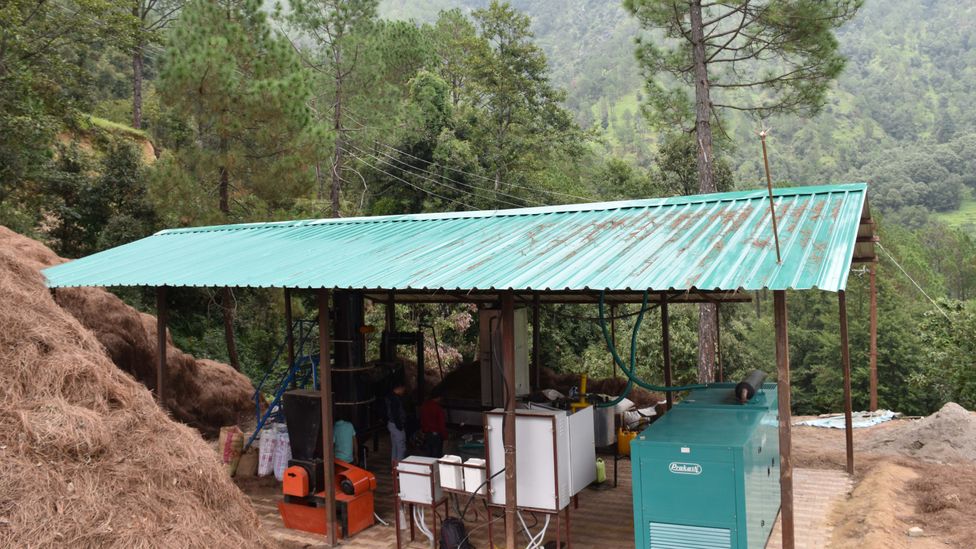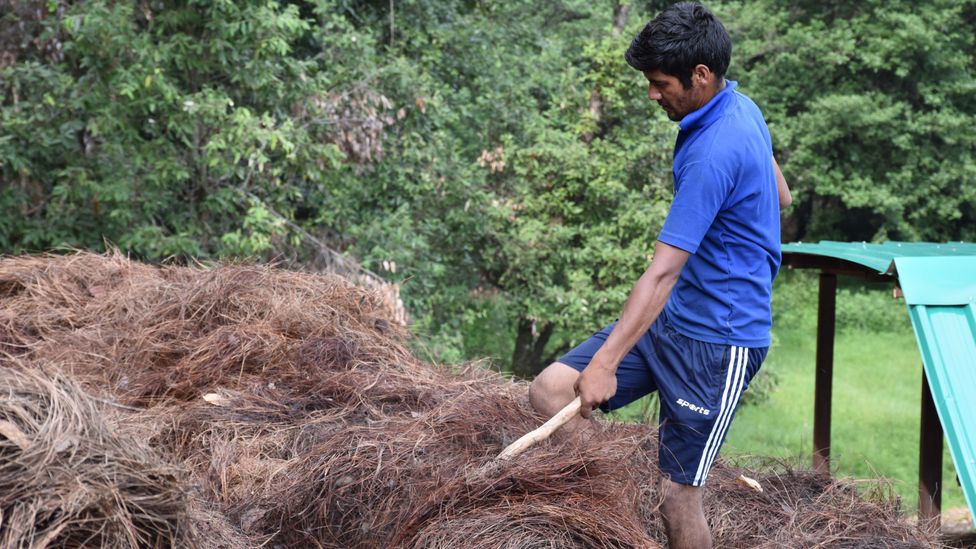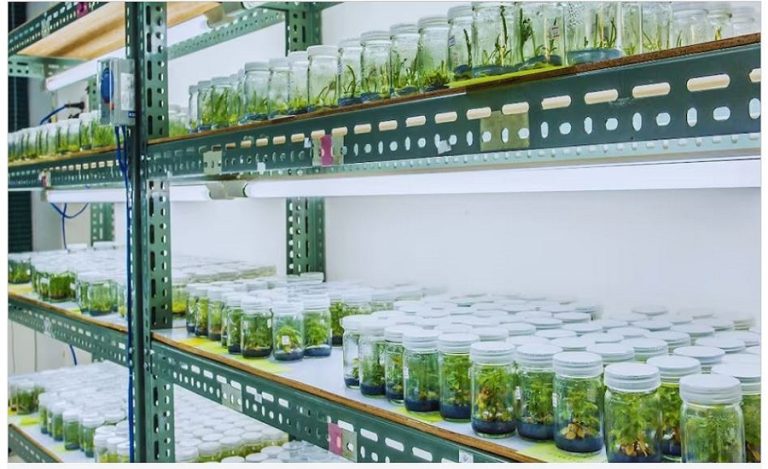It is the duty of an Indian Administrative Service officer to work for the development of his or her district and uplift the lives of the people of his nation. To accomplish this, they take several steps and bring about various initiatives, but the nation is not only made up of people and places. Environment and nature are major part of us and there are only a few officers who are working towards protecting this sector.
One such officer is IAS Aditya Negi of Himachal Pradesh cadre, 2013 batch. In an exclusive conversation with Indian Masterminds, he explains how he is working to ensure the protection of our forests and ecosystems.

USAGE OF PINE NEEDLES MADE COMPULSORY IN INDUSTRIES
Himachal Pradesh is known for its majestic forests and mountains. The vast areas, filled with trees, provide crisp air to the locals. Majority population of trees existing in the area is pine trees. Pine trees have their own properties and one of them is that it is easily inflammable.
“Even the heat of the sun in summers can spark a fire in these trees. And since it has a high combustible nature, the fire tends to spread pretty quickly, and can burn down the entire forest to ground,” Mr. Negi told Indian Masterminds.
The inflammable nature of pine trees was the major reason why the government decided to do something in order to control this fiery rage. They came up with a brilliant idea to contain it. They decided to make the usage of at least 1% pine needles mandatory in the industry to deal with forest fires.

“Industries also need fuel to work. Power plants and factories require some source of energy to be able to carry on with their work. They usually use pet coal, gas or gasoline as fuel. We decided that they should make use of pine needles in their boilers as energy source instead, as they are of calorific value” he stated.
This practice will have two large benefits. Firstly, usage of pine needles as fuel will prevent forest fires by a large percentage, as lower the amount of pine needles in the forest, lower will be chance of them catching fire. Secondly, this will become a kind of productive activity for the locals and people working in industries. This will also generate employment in villages as the villagers and locals could establish small units to manufacture pine briquettes, which they could sell to the larger industries to be used as fuel.

WHY ONLY 1%?
1% of anything is a fairly small ratio, and when Indian Masterminds asked Mr. Negi about the reason behind sticking to this number, he explained, “This practice of using pine needles as fuel has never been tried before. This is happening for the first time and that is why we thought of first experimenting with only 1%. Also, according to the Solid Waste Management rules, it is stated that industries can use only 1% of pine needles as fuel.”
Mr. Negi, along with the administration, decided to launch the project on a pilot basis to note the reaction of the industries, whether they are accepting it readily or if there are any issues, such as cost etc.
“Even prior to this, the percentage mandatory by the industries to use was 0.1% but we realized that this was way too less and therefore, we increased it to 1%,” said Mr. Negi.

SUCCESSFUL ATTEMPT
Talking about the success of the idea, Mr. Negi states that the process is going successfully and the local residents of the state are extremely keen to set up such industries.
“They wanted to establish more and more industries. Pine needles are a naturally occurring fuel so there is absolutely no cost or finance required in obtaining the raw material. The only amount that needs to be spent is that of setting up briquetting machines, which is financed by the forest department itself and they receive a subsidy of 50%,” he told Indian Masterminds.
Currently posted as the Deputy Commissioner of Shimla, Mr. Negi is continuously working hard to protect the environment by simultaneously uplifting the lives of people.
































